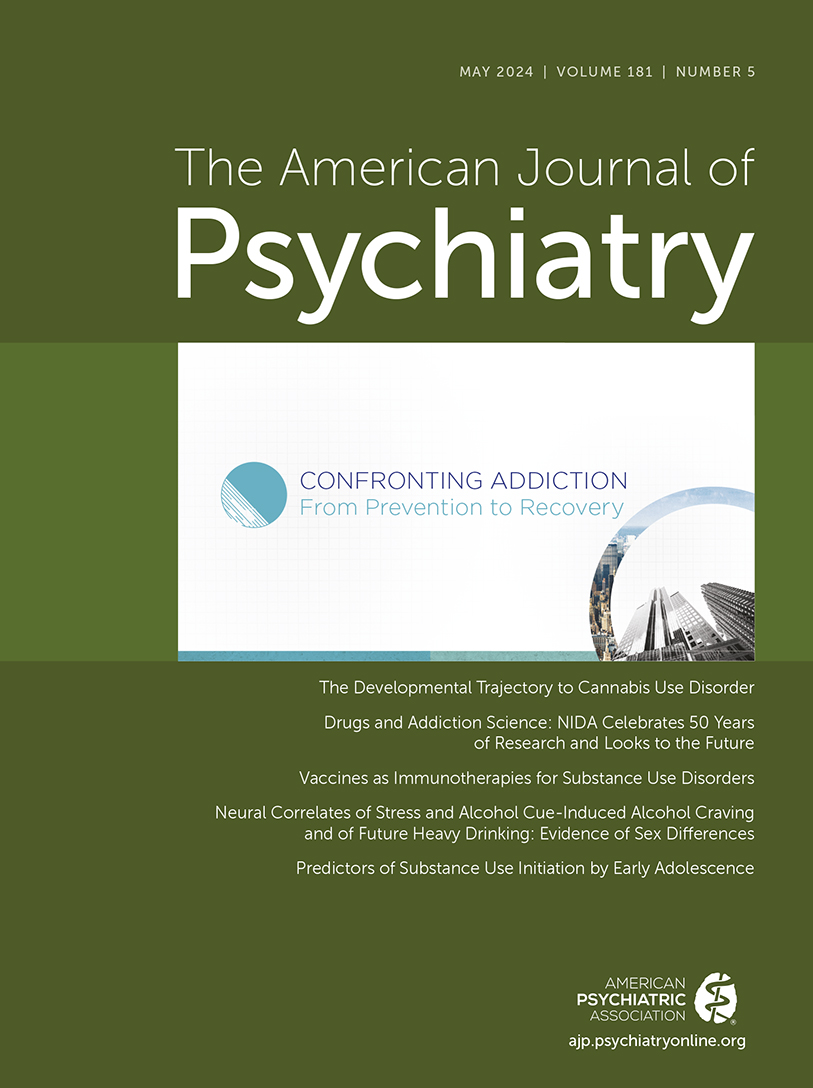Alcohol Use Disorder and Chronic Pain: An Overlooked Epidemic
Abstract
Alcohol use disorder (AUD) and chronic pain disorders are pervasive, multifaceted medical conditions that often co-occur. However, their comorbidity is often overlooked, despite its prevalence and clinical relevance. Individuals with AUD are more likely to experience chronic pain than the general population. Conversely, individuals with chronic pain commonly alleviate their pain with alcohol, which may escalate into AUD. This narrative review discusses the intricate relationship between AUD and chronic pain. Based on the literature available, the authors present a theoretical model explaining the reciprocal relationship between AUD and chronic pain across alcohol intoxication and withdrawal. They propose that the use of alcohol for analgesia rapidly gives way to acute tolerance, triggering the need for higher levels of alcohol consumption. Attempts at abstinence lead to alcohol withdrawal syndrome and hyperalgesia, increasing the risk of relapse. Chronic neurobiological changes lead to preoccupation with pain and cravings for alcohol, further entrenching both conditions. To stimulate research in this area, the authors review methodologies to improve the assessment of pain in AUD studies, including self-report and psychophysical methods. Further, they discuss pharmacotherapies and psychotherapies that may target both conditions, potentially improving both AUD and chronic pain outcomes simultaneously. Finally, the authors emphasize the need to manage both conditions concurrently, and encourage both the scientific community and clinicians to ensure that these intertwined conditions are not overlooked given their clinical significance.
Access content
To read the fulltext, please use one of the options below to sign in or purchase access.- Personal login
- Institutional Login
- Sign in via OpenAthens
- Register for access
-
Please login/register if you wish to pair your device and check access availability.
Not a subscriber?
PsychiatryOnline subscription options offer access to the DSM-5 library, books, journals, CME, and patient resources. This all-in-one virtual library provides psychiatrists and mental health professionals with key resources for diagnosis, treatment, research, and professional development.
Need more help? PsychiatryOnline Customer Service may be reached by emailing [email protected] or by calling 800-368-5777 (in the U.S.) or 703-907-7322 (outside the U.S.).



